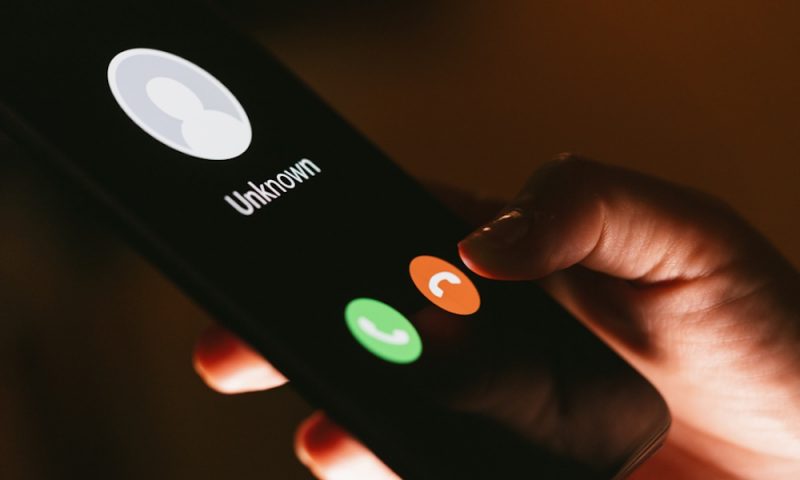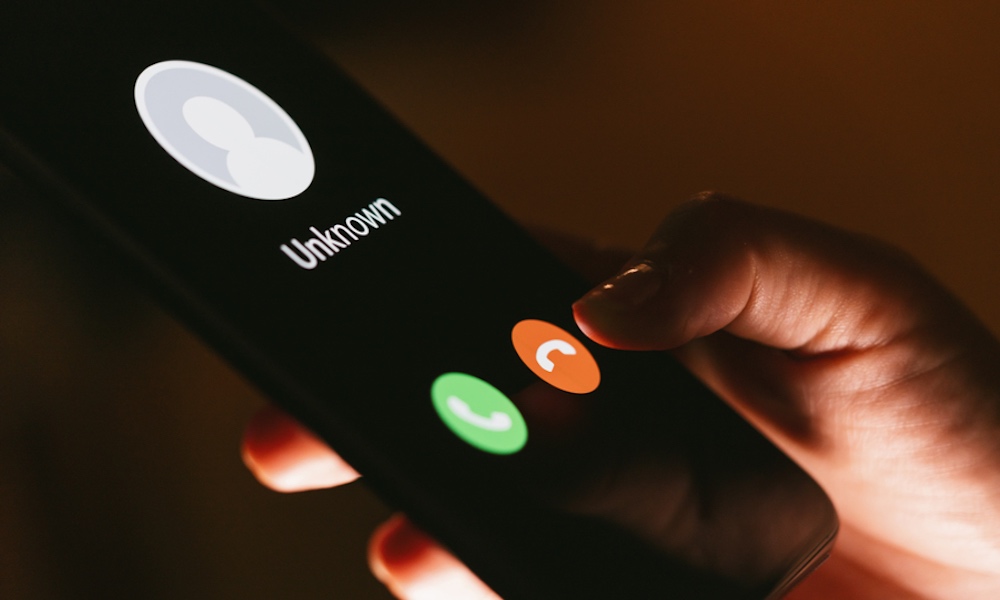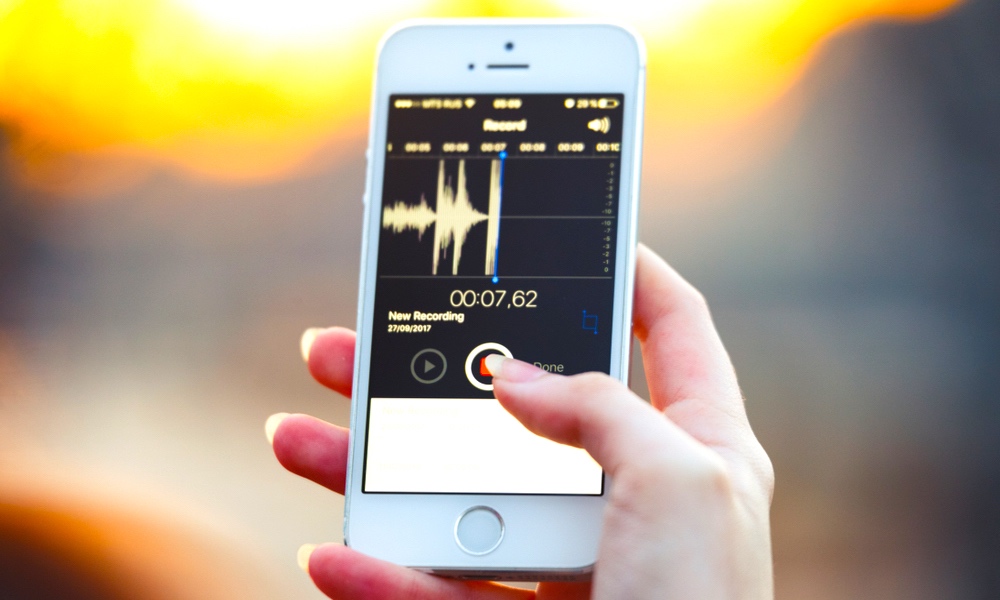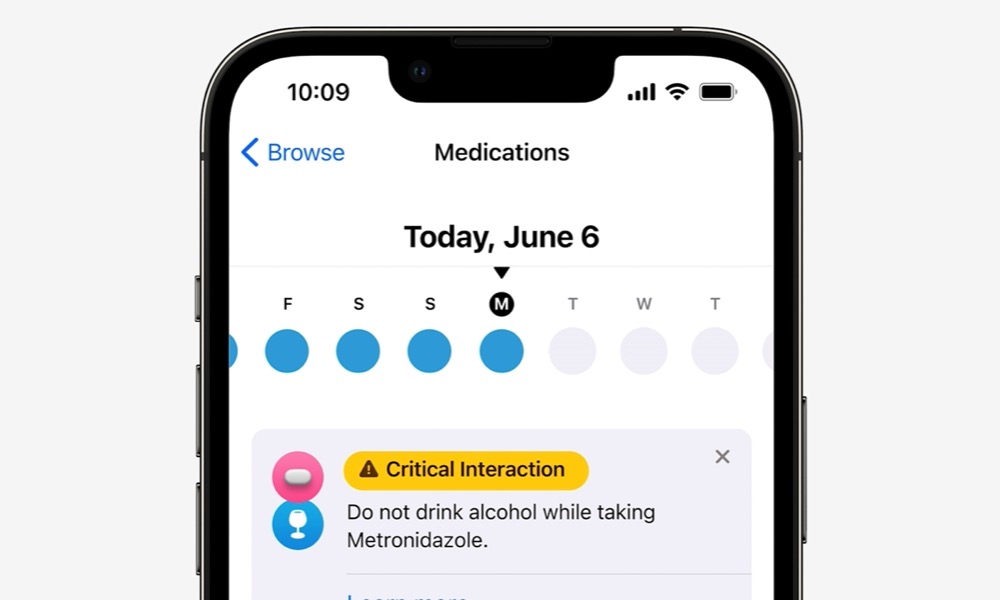FAQ | Is It Legal to Record an iPhone Phone Call (And How Do You Do It)?

 Credit: r.classen / Shutterstock
Credit: r.classen / Shutterstock
Or you may want to gather evidence that your boss is lying to you, that a contractor quoted a certain number, that someone is illegally threatening you – and so on.
But serious events like those also raise a lot of questions. Is it legal to record conversations this way? Could you get in trouble for it? Is there an easy way on iOS to enable this kind of recording?
Here’s everything you should know.
Is Recording on Your Phone Legal?

Audio recording rules in the United States are… weird. They’re weird enough that we’re going to separate the legality of it into several important bullet points.
- Federally, recording a conversation follows the “one-party consent” law. In other words, if one of the parties that’s part of the conversation decides to record it, they can. They don’t have to tell anyone else about it, either. This keeps wiretapping illegal but allows you, as a part of the conversation, to record it on your own.
- State laws can differ from federal laws, and some states have their own rules about recording conversations. States that don’t have any laws about it fall under federal law as a result.
- Currently, 11 states have passed legislation (or otherwise had court decisions made to the effect) that mandate “two-party consent” which means both sides of a two-way conservation must be aware and okay with the recording, or it’s not legal. Those states are California, Florida, Pennsylvania, Nevada, Maryland, Washington, Illinois, Massachusetts, Delaware, New Hampshire, and Montana. If you live in one of these states, recording a phone call is tricky business and you shouldn’t try to record a call without the other person being aware of it. Oh, and “two-party” really means anyone who’s in on the call.
- The other states, and Washington D.C., allow one-party consent for recording calls.
- Calls between states can get messy if they wind up in court. As a general rule, if you’re calling to or from a two-party consent state, you should follow two-party rules. It may not necessarily be illegal if you are in a one-party state, but there could be a strong case for suing you.
How to Enable Recording on Your iPhone

Because of all the legal shenanigans above, Apple has understandably decided that it cannot include a native call recording option on iOS. Apple also doesn’t want third-party developers to have the ability to access your phone calls and all the sneaky little problems that may create, so there aren’t many third-party options in the App Store, either. You can still do it, but it will take some workarounds.
6 Apps Everyone Should Absolutely Have on Their iPhone & iPad – Number 1 is Our Favorite
The App Store has become completely oversaturated with all the same repetitive junk. Cut out the clutter: These are the only 6 iPhone apps you’ll ever need…Find Out More

Voice Memos: Voice Memos is a native app on your iPhone, and can provide a solution to recording if you are quick.
- Open Voice Memos (it looks like a sound recording icon), and just press the red button whenever you are ready to begin recording.
- Then, start your iPhone call, making sure it’s on speakerphone so that Voice Memo picks up both you and the other speaker.
- Turn off Voice Memos when you are done with the call.
Google Voice: This is a
voice calling app that’s compatible with iOS and does have some basic recording
capabilities. It’s free and, once you get the hang of it, it’s very easy to use.
You press “4” to begin recording on most calls, and the app issues an automatic
announcement that recording has begun, so you don’t need to worry about
two-party consent. The only issue is that right now the ability only works with
incoming calls, not ongoing calls.
TapeACall: This is a more traditional app solution, a recording app that has made it through the App Store unscathed and allows you to record a variety of different calls. It’s a good choice for those who plan on recording calls frequently from a variety of different channels. Most of the features also require a subscription, so it’s more oriented toward professionals.







